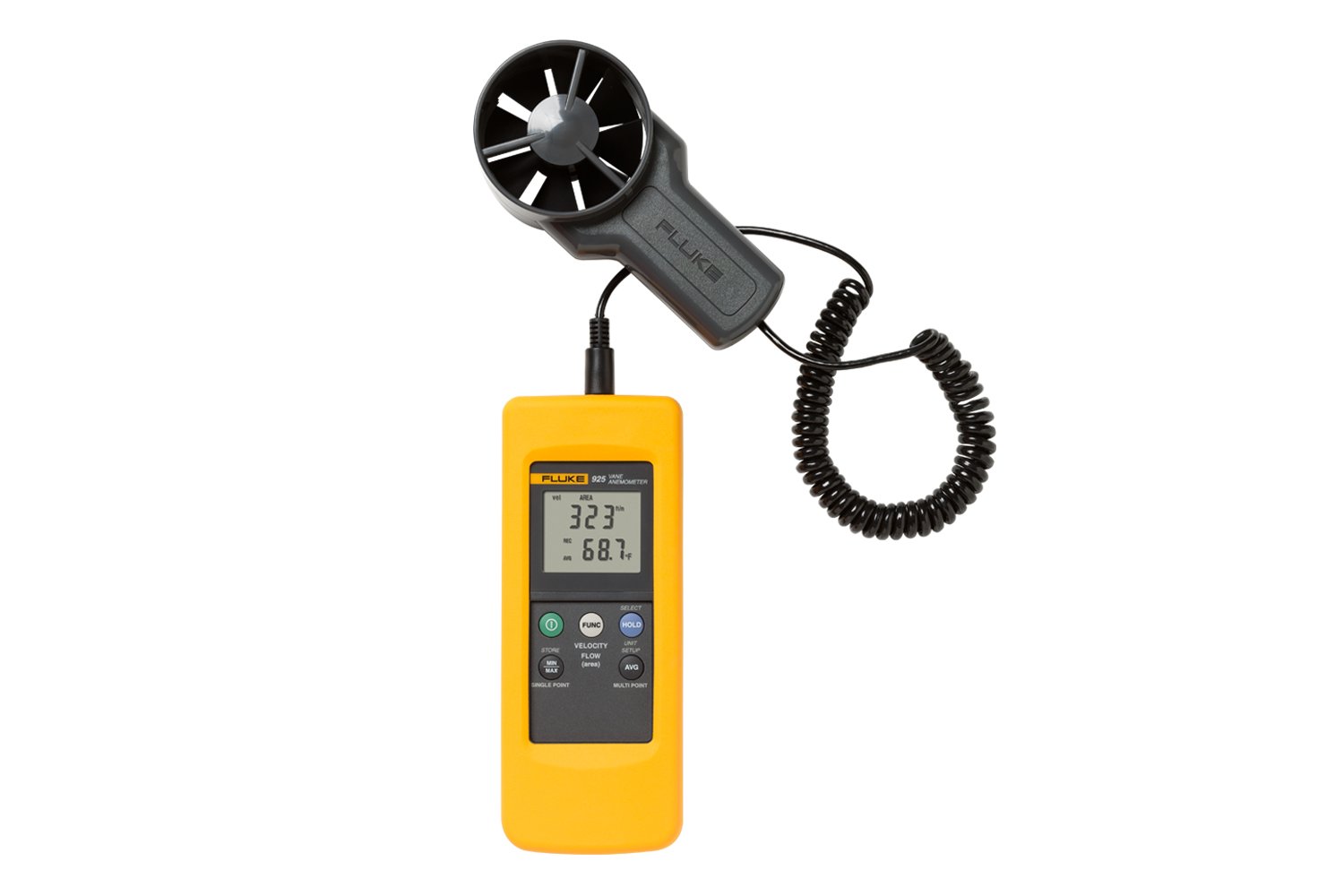The Duty of an Anemometer in Improving Security for Outdoor Activities
Wiki Article
Anemometers Revealed: Comprehending Their Relevance in Environmental Surveillance and Precaution
The role of anemometers in environmental surveillance and precaution is commonly taken too lightly, yet their importance is undeniable. These instruments have a lengthy background rooted in clinical inquiry and technological innovations, advancing to end up being important devices in various areas. From weather forecasting to air travel safety, anemometers play an essential role in offering accurate data that notifies decision-making processes and improves overall safety. Understanding the details of anemometers unveils a globe of crucial insights that are fundamental to our understanding of the setting and the measures we take to guarantee safety.Background of Anemometers
The evolution of anemometers can be traced back to the old people where rudimentary wind gauging devices were very first made use of. These very early wind dimension tools laid the structure for the development of much more innovative anemometers in time. One of the earliest known anemometers was the hemispherical mug anemometer invented by Leon Battista Alberti in the 15th century. This layout consisted of 4 hemispherical cups that collected wind energy, providing a measurement of its intensity based on the rate of turning.Over the years, innovations in technology led to the advancement of more modern-day anemometers, including ultrasonic anemometers and laser Doppler anemometers, offering raised precision and performance in measuring wind rate and direction. The background of anemometers showcases an exceptional journey of technology and development in the field of meteorology.
Types of Anemometers
Throughout the field of meteorology, various types of anemometers have been established to accurately measure wind speed and direction. The most usual kind is the mug anemometer, which contains 3 or 4 mugs placed on straight arms that turn with the wind. As the cups rotate, the speed at which they revolve is straight symmetrical to the wind rate. An additional commonly made use of type is the vane anemometer, which includes a tail or fin that aligns itself with the wind direction. This positioning enables the gadget to establish the wind instructions. Sonic anemometers make use of ultrasonic signals to measure wind rate and direction precisely. They are typically used in study applications due to their high precision. Hot-wire anemometers operate based on the principle that the cooling effect of wind on a heated cable is proportional to the wind speed. These anemometers appropriate for gauging reduced wind rates with high precision. Each kind of anemometer has its toughness and is picked based on the specific demands of the tracking job handy.Applications in Weather Forecasting
Having actually discussed the different types of anemometers used in meteorology for determining wind speed and instructions, it is necessary to explore their practical applications in the field. Anemometers play a critical duty in meteorology by giving precise and real-time data on wind conditions (anemometer). Meteorologists use anemometers to monitor wind rate and instructions to forecast climate patterns, issue cautions for extreme weather condition events like storms, hurricanes, and tornados, and evaluate atmospheric conditions for aeronautics safety and securityIn weather forecasting, anemometers aid in understanding regional and local wind patterns, which are vital for forecasting climate changes and determining weather trends. These tools are likewise made use of in study to examine microclimates, city warm islands, and air contamination dispersion. In addition, anemometers are used in farming to maximize plant go to this site administration methods, such as irrigation and chemical application, based upon wind conditions.
Value in Air Travel Security
An important facet of making certain air travel safety hinges on the precise monitoring of wind problems using anemometers. Anemometers play an essential duty in aeronautics by providing real-time data on wind speed and direction, helping pilots in making notified choices during landing, flight, and take-off. Solid and unforeseeable winds can significantly impact airplane procedures, making it vital for air travel authorities to count on precise wind measurements to ensure the safety and security of passengers and crew.
In the vibrant environment of aeronautics, where also minor changes in wind rate and instructions can have profound results, anemometers stand as vital tools for promoting safe and secure and safe flight.
Duty in Environmental Study
Anemometers play an important role in ecological research study by supplying crucial information on wind speed and direction. By accurately measuring wind characteristics, anemometers help researchers analyze the activity of contaminants in the air, evaluate the effect of commercial discharges, and anticipate the spread of impurities in the atmosphere.

Final Thought
Finally, anemometers have played a vital duty in ecological tracking and security actions. With a rich helpful site background and numerous types offered, these devices have been extensively used in weather forecasting, aeronautics security, and environmental study. Understanding the importance of anemometers is essential for accurately determining wind speed and direction, which is important for anticipating weather patterns, making sure secure aviation procedures, and carrying out environmental studies - anemometer. Their contributions to these fields can not be ignored.One of the earliest known anemometers was the hemispherical cup anemometer created by Leon Battista Alberti in the 15th century. Over the years, advancements in innovation led to the development of more modern anemometers, consisting of ultrasonic anemometers and laser Doppler anemometers, providing enhanced accuracy and effectiveness in measuring wind speed and direction. Hot-wire anemometers operate based on the principle this post that the cooling result of wind on a warmed cord is symmetrical to the wind speed. Meteorologists make use of anemometers to monitor wind rate and instructions to forecast climate patterns, issue cautions for severe climate events like storms, tornados, and tornadoes, and examine atmospheric conditions for air travel safety.
Understanding the importance of anemometers is essential for accurately gauging wind speed and direction, which is important for forecasting weather condition patterns, ensuring risk-free aviation operations, and conducting environmental studies. (anemometer)
Report this wiki page